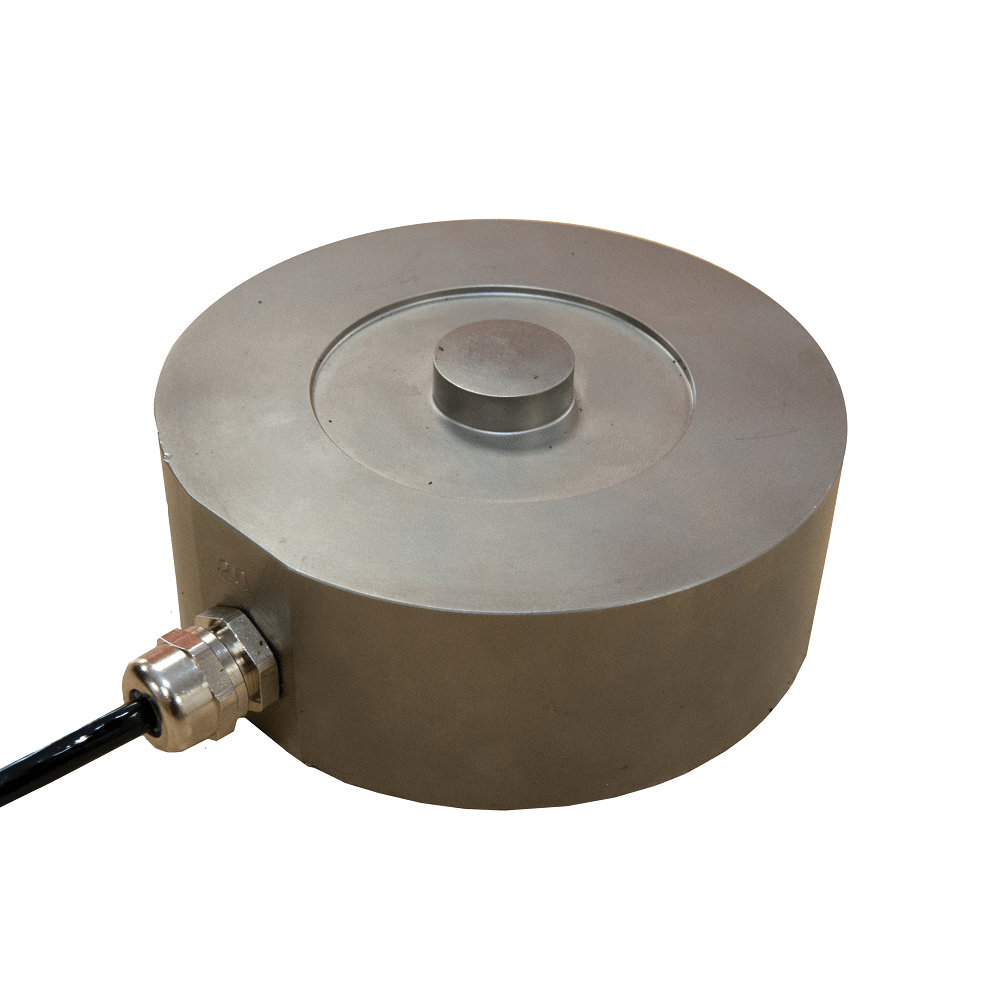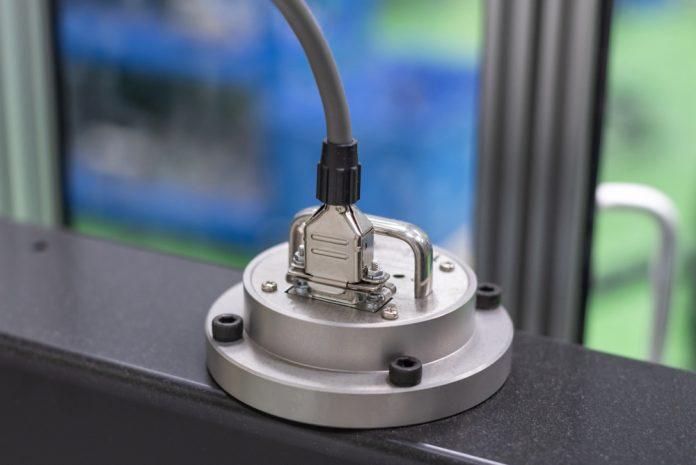Is your business facing difficulty deciding which category of load cells could work the best depending on the projects your company handles? It is always challenging to pick one category of load out of all the available choices in the market. However, choosing to work with compression load cells might be the right idea for you. Compression load cells work effectively. Well, if you are entirely unaware of the compression load cells, in that case, it might be better for you to go through this article as here we have provided the complete guide from which you can gather all the information as per your requirement.
What Are Compression Load Cells?
A compression load cell is a type of load cell that uses weight or force to turn them to electrical signals. It generally works like a transducer. It measures the pushing or squashing forces applied to it and is usually placed beneath the object to be weighed. Unlike tension load cells, which can measure compression and tension forces, compression load cells are unidirectional and only designed to measure downward compression.
This type of load cell is commonly used in various industries. Despite being used for diverse uses, one of the main applications of compression load cells is in high-capacity static weighing, such as in silos and vehicle scales. These load cells are highly accurate and reliable, making them ideal for industrial applications that require precise measurements of heavy objects.
Working Principle of Compression Load Cell
Compression load cells are devices designed to measure the force or weight applied to them. They are equipped with strain gauges and tiny sensors that are attached to its body. These strain gauges are highly sensitive to deformation, meaning that they can detect even the slightest changes in the shape of the load cell. So, when an object is placed on top of the load cell, it begins to compress the body of the load cell, causing it to deform slightly.
The strain gauges pick up this deformation, which also deforms in unison with the load cell. As a result, a corresponding change in voltage occurs, which is proportional to the initial force or weight applied to the load cell. Thus, the load cell transforms the force or the load into a voltage signal. The voltage signal produced by the strain gauges can then be measured and analyzed to determine the force or weight applied to the load cell. Advanced mathematical algorithms make it possible to convert this voltage signal into an accurate force or weight measurement, providing highly accurate and reliable data for various applications.
Compression load cells are essential for various industries, including manufacturing, engineering, and scientific research. Their ability to accurately measure force and weight makes them an indispensable part of many industrial processes and scientific experiments, helping to ensure safety, quality, and precision in various settings.
The Design of Compression Load Cells
The compression load cell weight-bearing element is typically a central core or column that is located in the core of the load cell. It is cylindrical in shape while having a mounted surface at both ends. Strain gauges are attached to the surface of this central element in such a way as it can detect the deformations that occur when the load is placed on the load cell. Strain gauges are the internal components of the load cell from the environment and are typically encased in an outer sheath.

This sheath provides both protection and isolation from the environment. In some cases, load cells are hermetically sealed to allow them to be used in harsh or dangerous environments. Overall, the column or canister-style load cell is a commonly used compression load cell that uses strain gauges to detect deformations in a central weight-bearing element. Its cylindrical shape, mounting surfaces, and protective sheath make it versatile and reliable for various applications.
Conclusion
Hopefully, after reading the above article, you are now aware of compression load cells and how it functions. This load cell might be the best and most effective one for your weighing business. Depending upon your company’s demands, only a handful of load cells can perform better than compression load cells at the required time. Compression load cells wouldn’t only provide the benefits it is supposed to but can also increase your company’s overall reputation.
